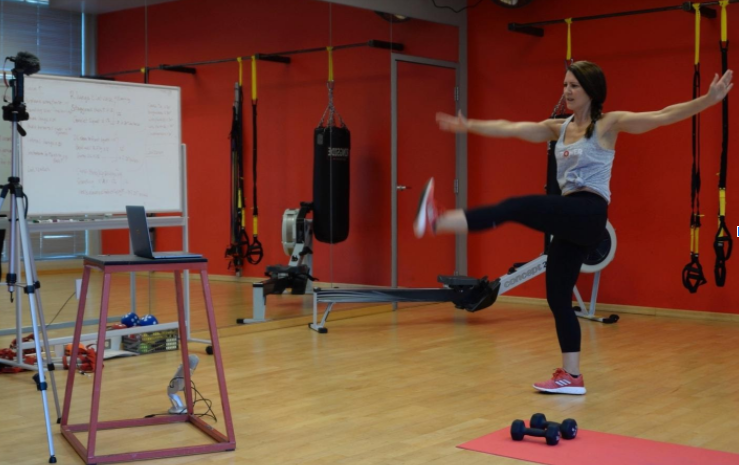Okay, I am going to sound like that nagging mom who reminds you to eat your vegetables, but this missing component of fitness – MOBILITY – is as important as veggies (almost). No matter your age or your fitness level, maintaining or increasing your mobility is very important, especially if you want to prevent injuries, correct muscle imbalances, build more muscle, or even simply move well and pain free.
While HIIT studios and heavy lifting gyms are super popular right now and those intense workouts are a bit more “sexy” for social media posts, there is a lot more to overall fitness than pools of sweat and big muscles. In fact, having good mobility may be one of the most important factors as you age. There are 5 really important components of fitness, and all of them deserve some time and attention in your overall fitness plan.
Let’s review:
5 Critical Comments of a Well-Rounded Fitness Plan:
- Strength Training
- Cardiovascular Endurance
- Mobility Training
- Corrective Exercise & Balance Training
- Rest and Restorative Practices
Today we are focusing on MOBILITY because it is often the forgotten component (or the one we skip out on). One of the first things you need to understand is that mobility differs from flexibility. Flexibility is the ability of a muscle to temporarily stretch when needed, whereas mobility is the ability of a joint to actively and with control move through its intended range of motion. So while flexibility helps us become more mobile – it is only one part of the equation.
Other contributing factors are the structure and biomechanics of our joints, tendons and ligaments, and the strength we have to stabilize and control motion around each joint. There is little you can do about the structure of things, but here are some things you can do to help your overall mobility:
3 Ways to Increase Mobility
- Perform soft tissue work like self-myofascial release (foam rolling, for example).
- Perform full range of motion compound exercises. Compound exercises are big multi-joint movements like push-ups, pull-ups, bench press, squats and deadlifts.
- Perform isolated exercise for specific muscles or body parts. Especially where you have muscle imbalances or weakness. Focusing on stretching what is tight and strengthening what is weak.
Do you know what areas of your body need some work? If not, talk to your trainer so they can help you develop a mobility plan – and then it’s up to you to make it happen. We promise it will pay off in the long run. All you need to do is dedicate a few minutes a day to doing a little mobility work. One of the simplest solutions is to add the recommended exercises to your pre-workout warm up or post-workout cool down.
Here is one of many mobility exercises that can help with movement at the hip, which is essential for almost everything we do – from standing up to walking, climbing, and jumping – to sitting back down.
As I mentioned above, MOBILITY is not the same thing as FLEXIBILITY and therefore not all mobility exercises are stretches.
Please check out this video and the others we have included in our Mobility Exercise Library. Start incorporating these into your weekly routine and be on your way to more fluid and pain-free movement!




